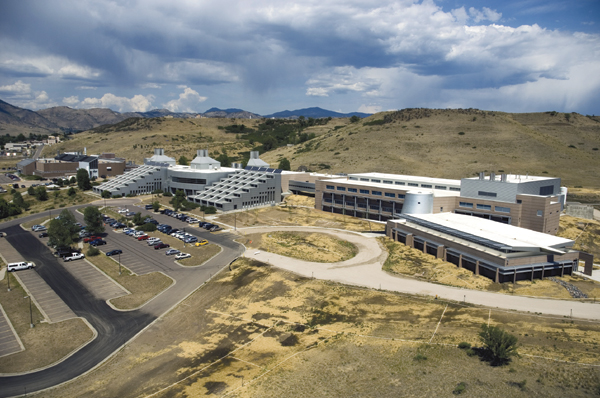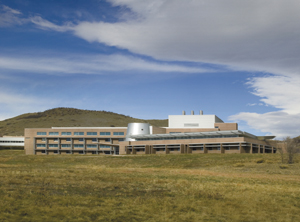Design for a Carbon-Free Life: The Pursuit of
The ZED Model
Arup cut its teeth providing engineering services toward a zero-energy goal by working with ZEDfactory's Dunster on what is often cited as one of the first zero-energy prototypes at a neighborhood scale, the Beddington Zero Energy Development (BedZED). Completed in 2002, BedZED consists of 82 residential units, a daycare center, and commercial space, on a 3.5-acre former brownfield site in south London. The buildings are configured to maximize daylighting. They incorporate both active and passive solar strategies and rely on natural ventilation-perhaps the most significant source of energy savings to make a zero-energy project possible.
A key component of the project is an on-site CHP plant fueled by urban tree waste that would otherwise be discarded in landfills. However, the plant has proved temperamental and is still not functioning properly. Replacement, underway now, should allow BedZed to operate at zero carbon by spring of 2008, says Dunster.
Â
 |
|
 |
 |
At NREL's Boulder, Colorado, new Science and Technology Facility, strategies such as daylighting and sun control, automated lighting systems, and underfloor air distribution reduce energy consump-tion by 40 percent when compared to similar new federal buildings. |
|
Â
Building on the BedZED model, Jubilee Wharf, the most recent low-energy development from ZEDfactory, opened in 2006. The mixed-use complex, located on a river-front site in Penryn, U.K., includes a nursery, cafe, offices, 12 rental workspaces, six residential units, and facilities for the boaters who dock along the quay. The project includes a number of basic sustainable strategies, such as large south-facing overhangs to lessen the impact of summer sun. The envelope includes 12-inch rockwool cavity insulation and low-e glazing. Low-energy lighting and appliances reduce electrical demand.
Zedfactory relied on computational fluid dynamics to create a roofline shape that would help shelter the buildings' court and optimize natural ventilation through wind cowls. Heat exchange units recover 70 percent of the mechanical system's waste heat. Sunspaces have high- and low-level windows or vents so cool air can be drawn in and hot air exhausted. ZEDfactory plans a phased approach to reaching zero energy in this development and Dunster says the building is so far performing well.
The complex was planned to achieve an 80 percent CO2 reduction as built, moving toward 100 percent over time as renewable energy components are added to the rooftop. Currently, four 6 kW wind turbines meet the majority of the buildings' electrical demand, while a 75 kW wood pellet boiler provides domestic hot water and under-floor heating, relying on evacuated hot water tubes on the roof to preheat water throughout the year. Provisions are in place for the addition of PV panels and more wind turbines to enable Jubilee Wharf to eventually become carbon neutral. This approach can make an ambitious project work within a tight budget, installing technology over time to increase generating capacity, while bringing fossil fuel use and carbon emissions down.
One U.S. project, the Adam Joseph Lewis Center at Oberlin College in Ohio recently achieved carbon-negative status using this phased approach. The 13,600-square-foot facility, designed by Charlottesville, Virginia-based William McDonough + Partners and completed in early 2001, houses the college's environmental studies department. It incorporates such features as a highly efficient building envelope, passive solar strategies, a Living Machine to process wastewater for reuse, and a 59 kW rooftop PV array. This solar system produced enough electricity to meet over half of the center's energy demand, according the National Renewable Energy Laboratory (NREL), which monitored its performance.
A goal of the project when it was first conceived in the mid-1990s was for the building to serve as a net energy exporter as available technology improved. Toward that end, a 100 kW PV array designed by Harvard, Massachusetts-based Solar Design Associates, was installed on top of an adjacent parking pavilion in 2005. The combined arrays generate all of the building's power plus a 20- to 30-percent surplus, which Oberlin sells to the municipal utility, according to David Orr, environmental studies department director.Â









